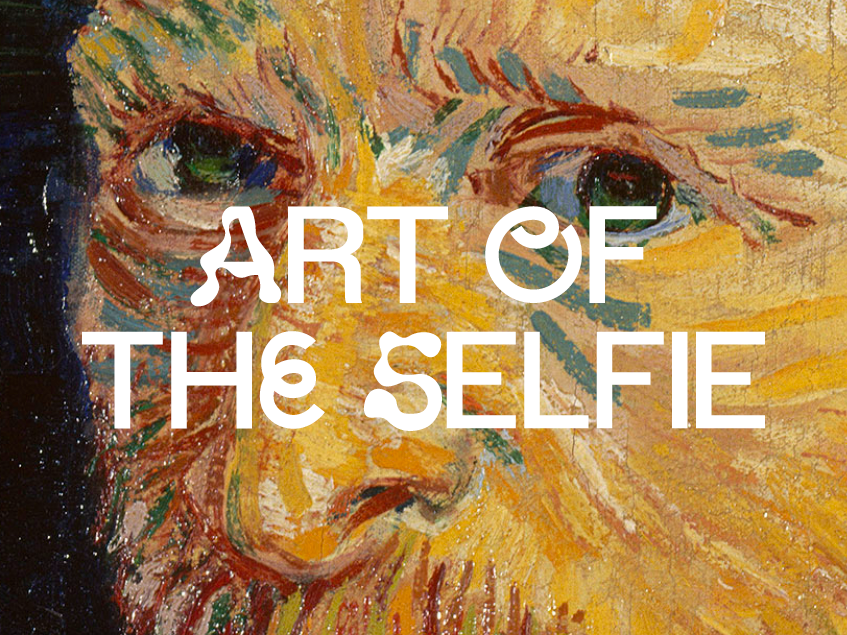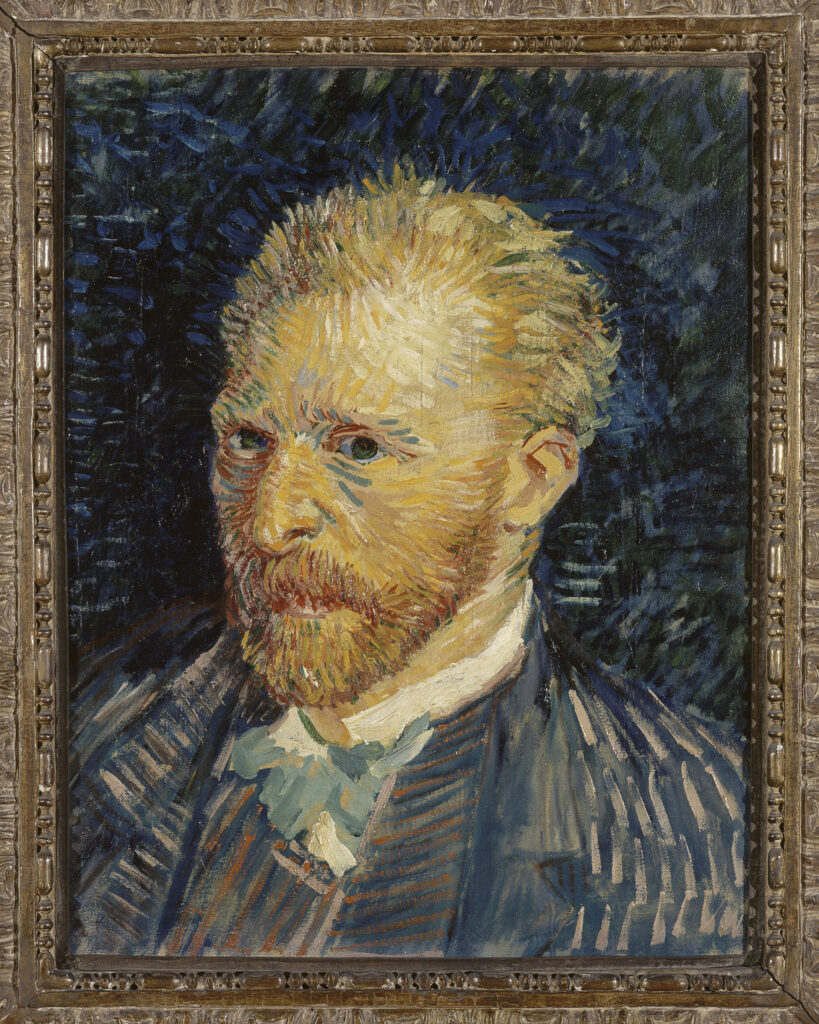
The Original Selfie
Vincent van Gogh’s self-portrait has been unveiled at the National Museum in Cardiff, as it goes on display in Wales for the first time.
Locals are flooding to see Vincent van Gogh’s 1887 Portrait Of The Artist, currently on display at the National Museum, on loan from Musée d-Orsay in Paris. This famous portrait is one of the 35 self-portraits that the artist painted before his death at the age of 37.
This piece is part of a wider collection put together by the Museum as part of their Art of the Selfie exhibition, running until 24 January 2025. Other artists in this exhibition include Rembrandt, Brenda Chamberlain, Francis Bacon, Bedwyr Williams and Anya Paintsil. Each portraying different methods and artists approaches to the concept of the self-portrait, choosing different ways to represent themselves on canvas, not only revealing how they see themselves but also how they want to be perceived.
In talking about the exhibition, the National Museum said: “Self-portraits and selfies are two different things, but they do have something in common- both are used to show who you are as a person. Out of all the ways we document our lives, selfies have become a popular method of self-expression and individualism. The works on display show the different ways in which artists have chosen to characterise themselves, in the same way we present and share images of ourselves today.”
Van Gogh only ever sold one painting in his lifetime and was so poor that he could not afford a model. His practice came from painting self-portraits using a mirror.

© RMN-Grand Palais / Adrien Didierjean / RMN-GP / Dist. Foto SCALA, Florence
Amidst the fascination with Vincent van Gogh’s self-portrait and the broader exhibition, it’s intriguing to think of the timeless allure of self-representation. While today’s selfie culture may seem like a product of the digital age, van Gogh’s prolific series of self-portraits reveal a similar impulse for self-reflection and expression. In an era before social media and smartphones, van Gogh grappled with themes of identity and self-image through the intimate act of painting himself. His solitary practice echoes the contemporary quest for perfection and authenticity in self-presentation. Just as van Gogh crafted his own likeness, meticulously studying his features in a mirror, many people today curate their online identities, carefully selecting filters and angles to project a desired image to the world. In essence, the act of self-portraiture reflects a universal human desire to be seen and understood, even if the methods of presentation evolve with time.
The self-portrait is part of a reciprocal loan with France, with Wales’ La Parisienne by Renoir, also known as The Blue Lady, and a part of the National Museum’s famous Davies Sisters Collection, making a journey across the Channel.
Tickets for this exhibition are a minimum of £1 per person, but the National museum encourages visitors to pay what they can. They money will go towards helping them to continue to create new, inspiring ways for people to enjoy the museum.





